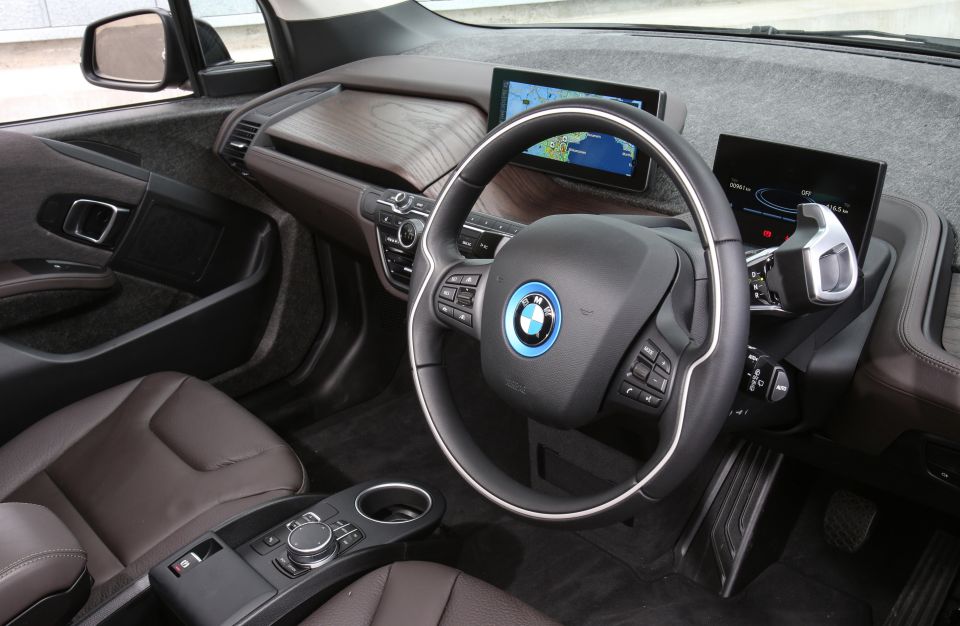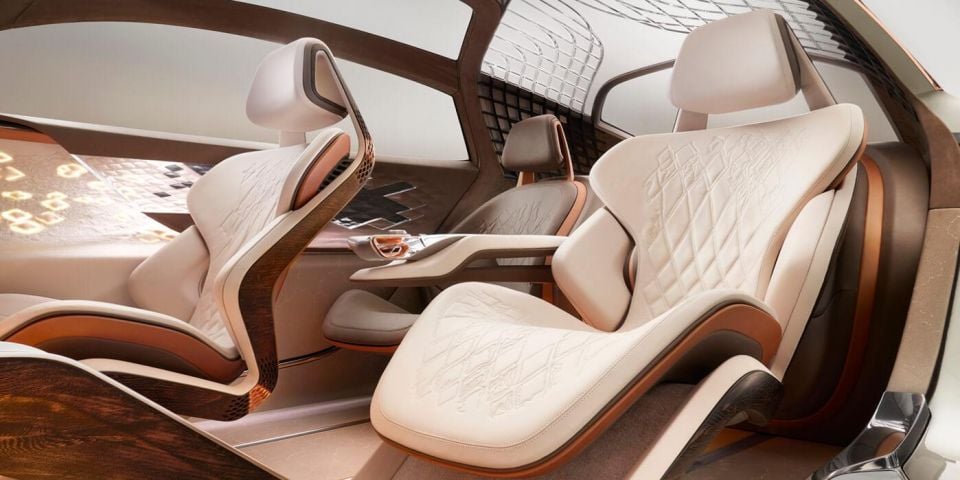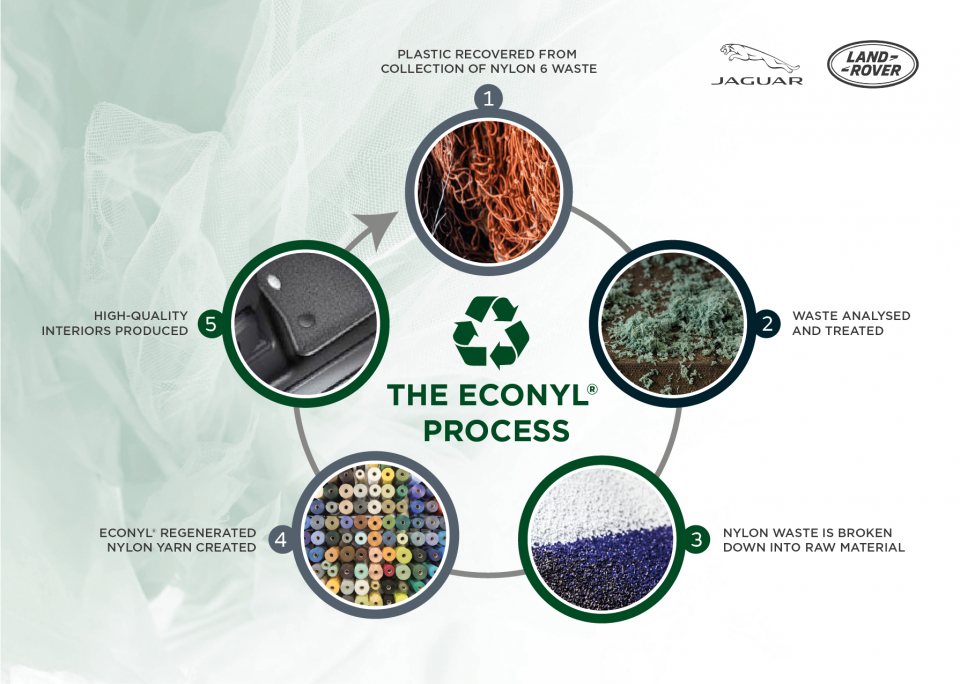

Max Davies
How Audi, BMW, Honda, Mercedes-Benz, and Suzuki started out in Australia, and where they are now
54 Minutes Ago
Green electricity and battery recycling are great, but so is the clear move to more sustainable car interiors. And customer expectations will hopefully only drive developments.

Senior Contributor


Senior Contributor
Luxury sometimes equates in my mind to excess or even waste. But there’s a bit of an unheralded battle ground, between premium car brands, focusing on sustainable cabins.
We talk about second-life battery usage and recycling, tracking supply chains with blockchain, using renewable energy in car plants, and even reducing corporate flying hours. All great.
But the move toward interior trims that are nicer on the environment is arguably as vital and interesting.


In recent times we have seen BMW talk about its use of seats tanned with olive leaf extract, and trims made of hemp fibres.
Mercedes-Benz discusses its embrace of sustainably-sourced wood for car floors and roof-lining made from harvested ocean plastics.
Bentley has experimented with vegan leather made using leftover grape skins from the wine industry.
Jaguar Land Rover sources mats made with fabric offcuts from clothing firms.


One particularly compelling option is the just-confirmed-for-production Polestar Precept. Polestar is a subsidiary of Volvo and its Chinese parent Geely, and is using a sustainable cabin as a key part of its message to the market.
The concept version uses a flax-based natural composite in lieu of plastic trim, seat covers and headlining made from PET containers, vinyl made from recycled bottle corks, and carpet made from Nylon 6 – a material recovered from fishing nets.
The company actually claims the Precept’s bio-material interior panels are both 50 per cent lighter than conventional material, and that they cut plastic use 80 per cent.
As is common, many of the big developments will feature on expensive cars before trickling down to the mainstream as production costs are reduced.

By using sexy halo vehicles to bring new interior materials to market, brands are giving this movement a nice leg up. Soon, it’ll surely be cool to offer the most sustainable cabin possible, and customers will increasingly demand it.
“It’s clear that to be truly sustainable we have to evaluate every element that goes into our cars,” says Polestar CEO Thomas Ingenlath. “Sustainability is not just about the electric powertrain.”
“Importantly, we don’t need to sacrifice design and luxury with these materials,” added design boss Maximilian Missoni. “If anything, they enable an even more premium, cutting-edge execution which elevates our design-led products. Using sustainable materials presents a positive challenge, giving new meaning to interior design.”


Imagine the PR: “Each square metre of carpet means one less discarded fishing net in the sea”, or “one seat gives a second life to X number of PET bottles”, or “this dash is biodegradable”.
Take for example Mazda’s talk on its new MX-30 electric crossover.
“The door trim features a fibrous material with a texture that seems to contain air… the door trim uses fibres made from recycled plastic bottles and the cork is harvested from the bark of trees without felling,” it says.
The battle between OEMs to one-up each other, and growth of innovative suppliers, can drive the movement from there. The car industry is a leader already, I think, but I want to see ever-more focus on materials.


Max Davies
54 Minutes Ago


William Stopford
55 Minutes Ago


Derek Fung
1 Hour Ago


Max Davies
9 Hours Ago


William Stopford
1 Day Ago


Ben Zachariah
1 Day Ago